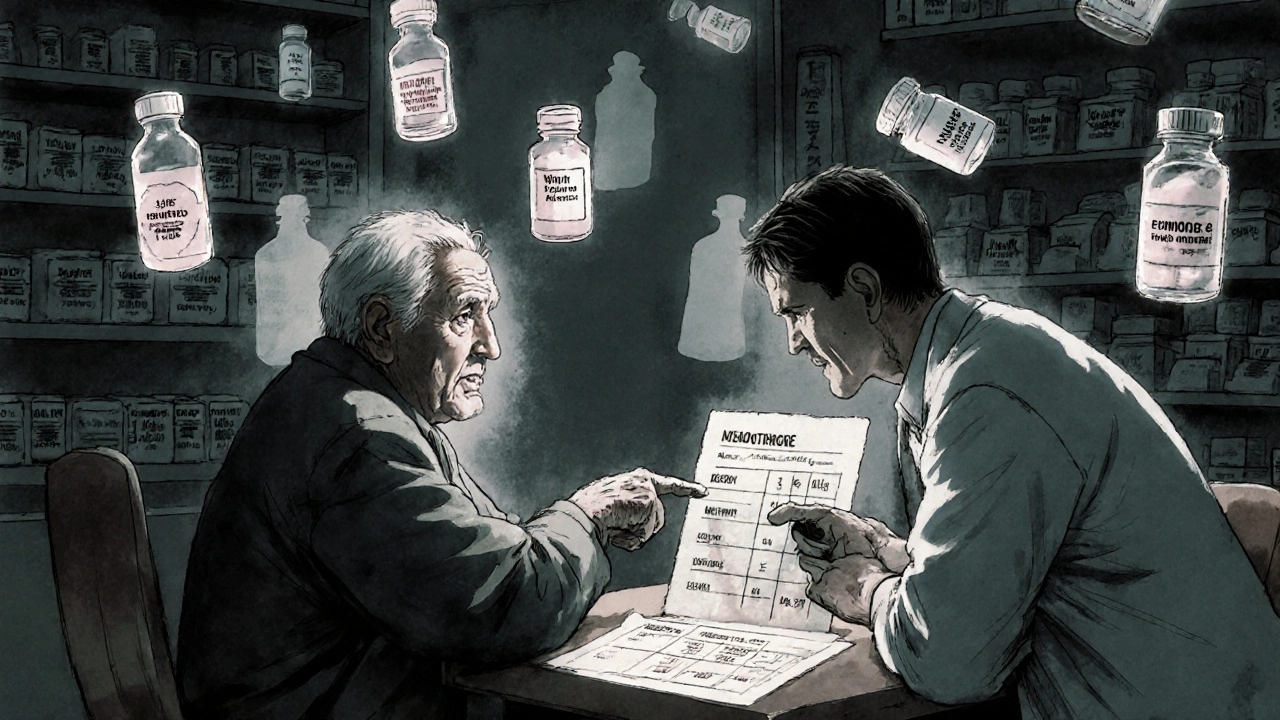Pharmacists play a vital role in Medication Therapy Management by optimizing generic drug use to improve adherence, reduce costs, and prevent adverse events. Learn how MTM works and why it matters for patient outcomes.
MTM Services: What They Are and How They Improve Medication Safety
When you’re taking multiple medications, MTM services, a structured program where pharmacists review all your medications to find risks, overlaps, and gaps. Also known as medication therapy management, it’s not just a checkup—it’s a safety net for people juggling pills for diabetes, high blood pressure, depression, and more. Most people don’t realize their pharmacist can spot a dangerous interaction between their statin and grapefruit juice, or that their antidepressant might be making their blood pressure worse. MTM services fix that.
These programs are built around drug interactions, when two or more medicines react in a way that reduces effectiveness or causes harm. Think of it like a traffic light system: some combinations turn red because they can cause falls, kidney damage, or heart rhythm problems. The posts here cover real cases—like how methadone and QT-prolonging drugs stack up to trigger dangerous heart rhythms, or how lopinavir/ritonavir boosting can turn a common cold medicine into a life-threatening mix. MTM services don’t just list your pills—they map how they collide.
It’s not just about avoiding bad reactions. pharmacist consultation, the face-to-face or virtual review where a pharmacist asks you direct questions about how you take your meds finds the hidden problems. Maybe you’re crushing pills because they’re too big. Maybe you skip doses because the schedule is confusing. Maybe your insurance forces you to switch generics every few months, and you don’t know the difference between authorized generics and regular ones. These aren’t minor issues—they’re why people end up in the ER. The articles below show how MTM services tackle these exact problems: from fixing pediatric dosing errors with syringes to preventing constipation from old acid reflux drugs.
What you’ll find here isn’t theory. It’s what happens when pharmacists step in. You’ll see how insurance formularies affect what you actually get, how to report dangerous side effects to the FDA, and why switching from ranitidine to famotidine isn’t just a brand change—it’s a safety upgrade. These aren’t isolated tips. They’re pieces of a larger system designed to keep you alive and well while taking what you need. MTM services turn confusion into clarity. And if you’re on more than three medications, you’re not just eligible—you’re at risk without them.

